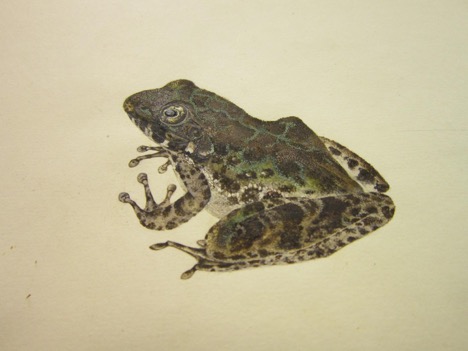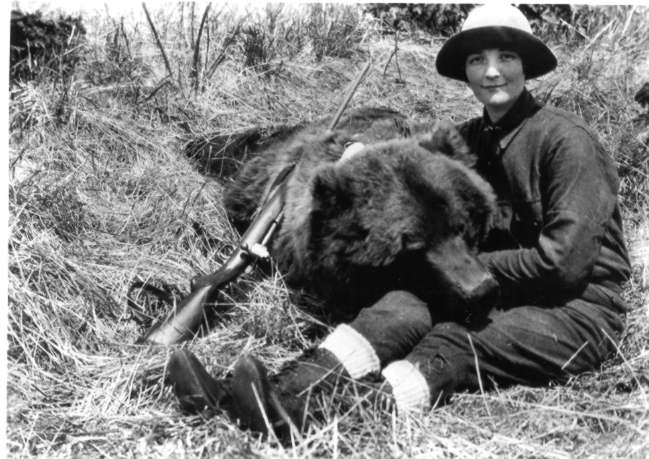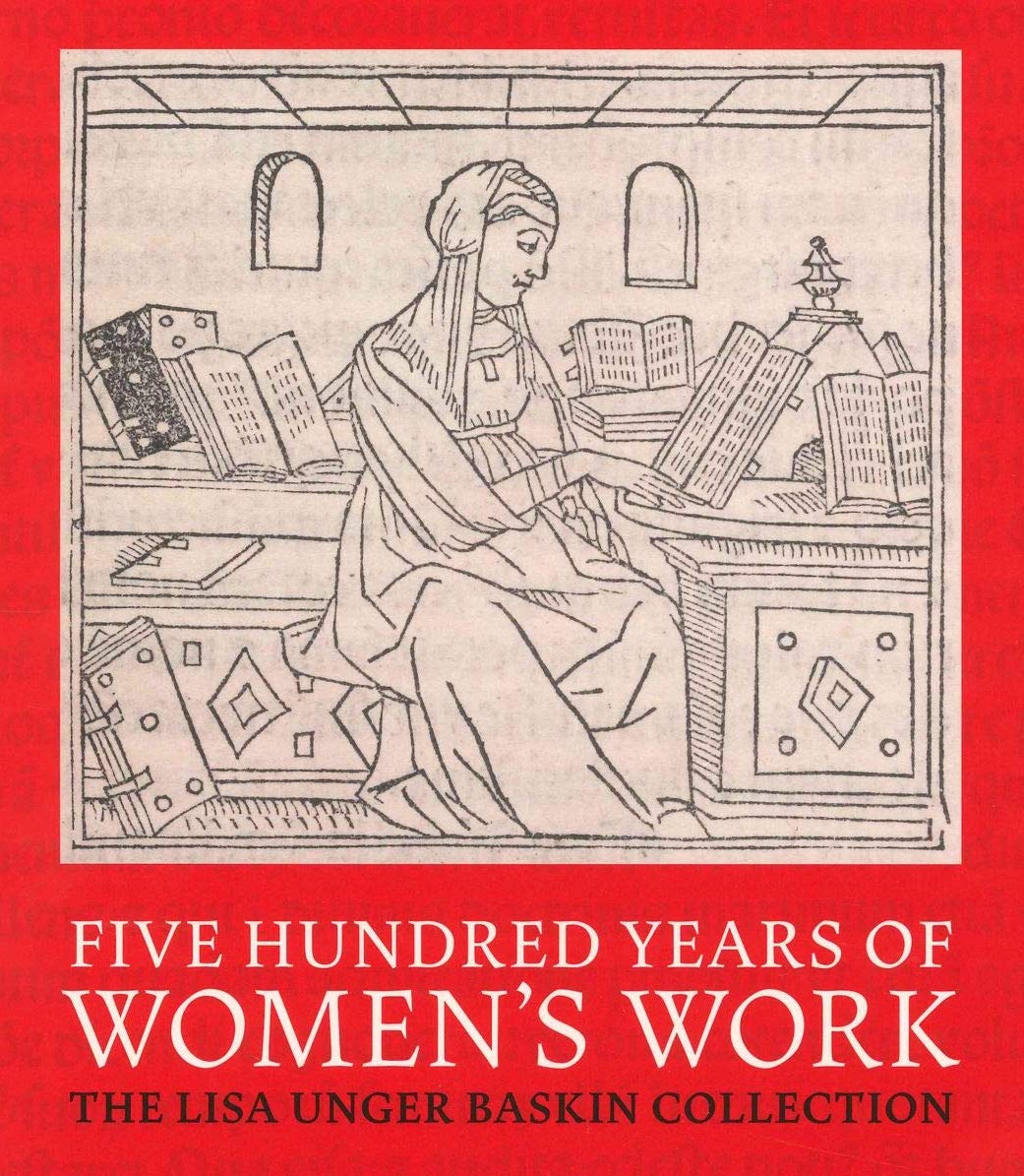
By Lauren Audi One of my most prized possessions is a 1st edition, fourth impression copy of A Room of One’s Own by Virginia Woolf published by her company, Hogarth Press. It isn’t worth a lot of money, nor is it in great condition, but that doesn’t matter. It is Continue Reading



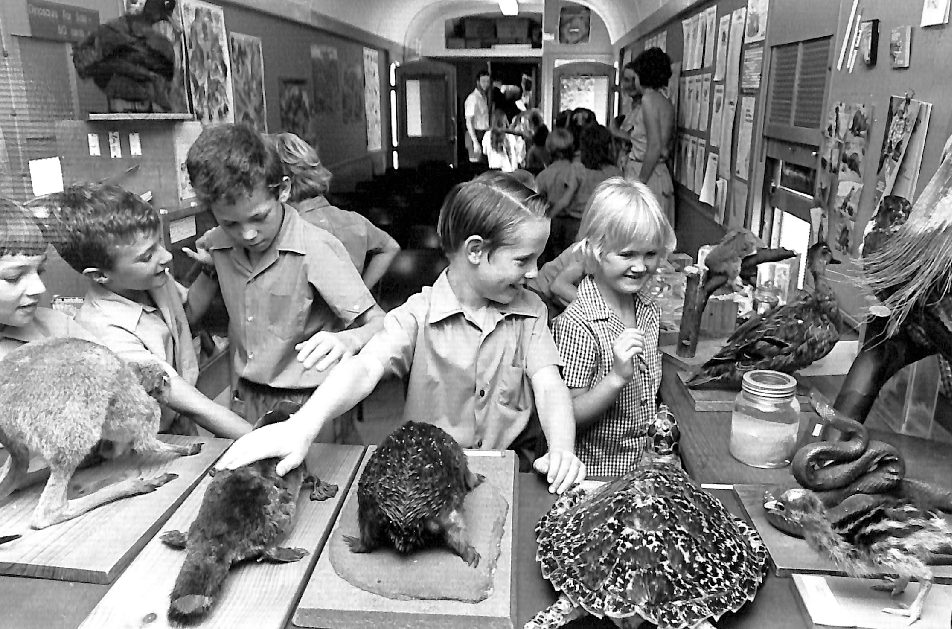
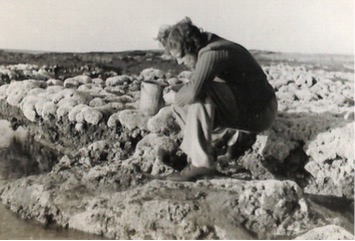
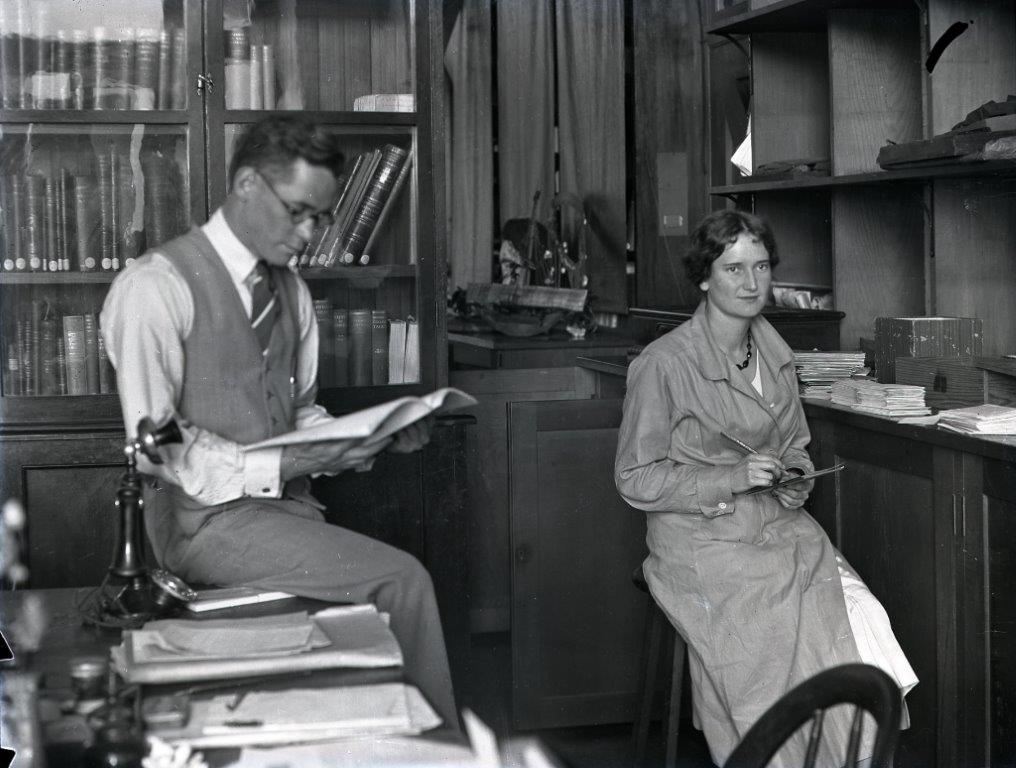
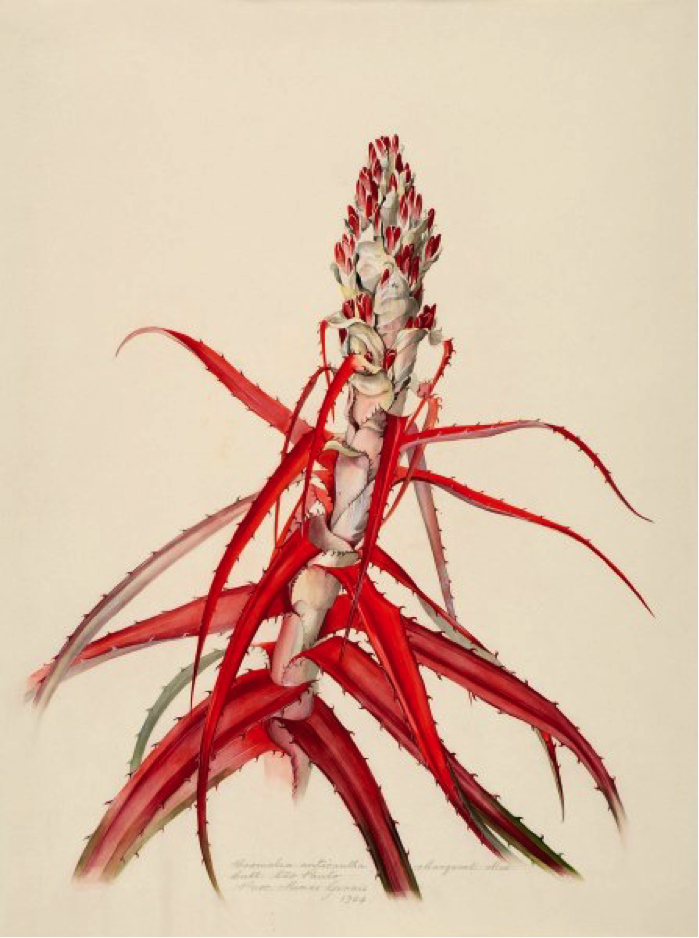
![Bertha Parker Pallan [Cody] (1907-1978) is considered one of the first female Native American archaeologists.](https://untoldstories.net/wp-content/uploads/2018/08/Bertha-Parker-Pallan-1-e1535561454766.jpg)
